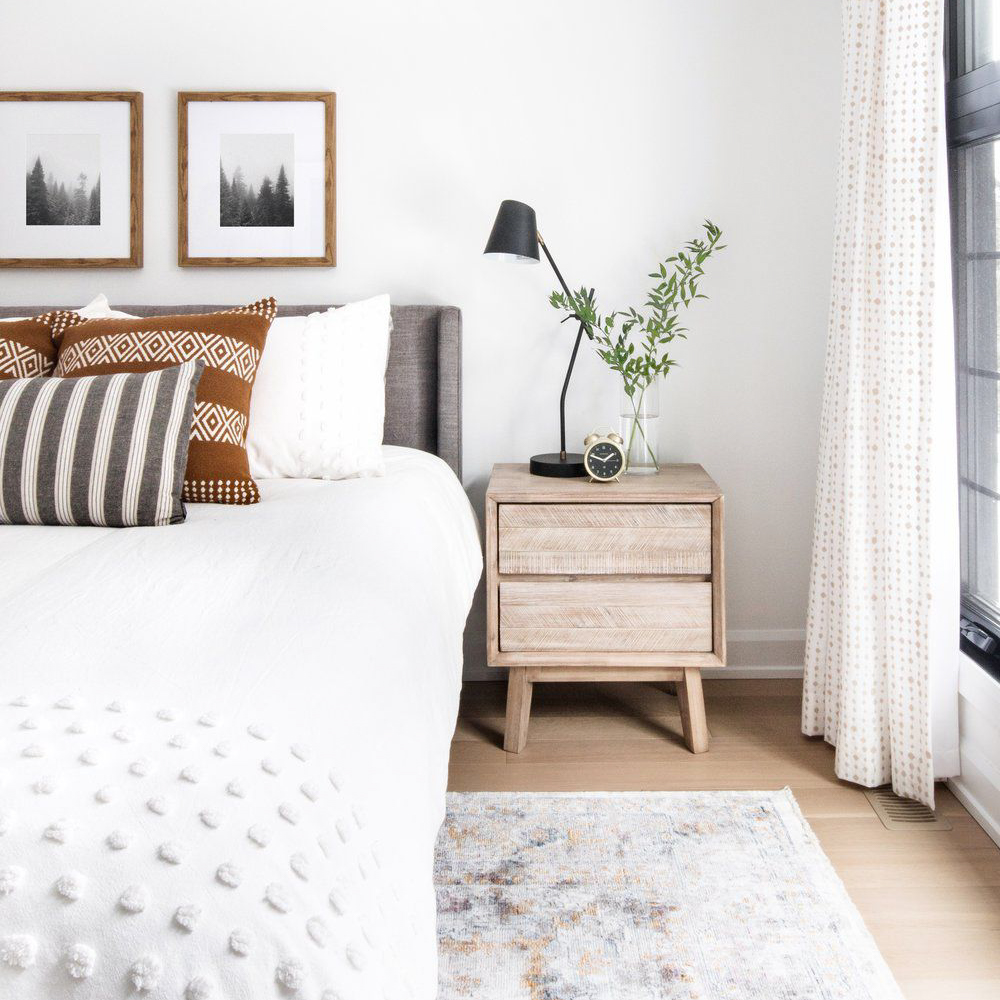A cosy and comfortable bedroom is essential for a good night’s sleep. While the furniture, bedding, and decor can all play a role in creating a welcoming environment, the lighting in your bedroom is crucial. From the brightness level to the color temperature, the right lighting can set the perfect ambiance for relaxation and sleep. In this article, we’ll explore the different types of bedroom lighting and how to use them to create a cosy and inviting atmosphere.
The Importance of Bedroom Lighting
Lighting plays a vital role in our daily lives, affecting our mood, productivity, and overall well-being. In the bedroom, lighting can significantly impact our sleep quality. Exposure to bright, harsh lights before bed can disrupt our circadian rhythm, the body’s natural sleep-wake cycle, making it difficult to fall and stay asleep. On the other hand, dim and warm lighting can promote relaxation, easing us into a restful state and lulling us to sleep.
Types of Bedroom Lighting
There are three main types of bedroom lighting: ambient, task, and accent.
- Ambient lighting: This refers to the overall lighting in the room, typically provided by a ceiling fixture, such as a chandelier, flush mount light, or pendant light. Ambient lighting should be bright enough to allow for general visibility, but not so bright that it’s harsh or jarring.
- Task lighting: As the name suggests, task lighting is used for specific tasks, such as reading, working on a computer, or getting dressed. Task lighting can come in the form of table lamps, floor lamps, or wall sconces, and should be bright enough to prevent eye strain but not so bright that it’s overly stimulating.
- Accent lighting: This is used to highlight specific areas or objects in the room, such as artwork, plants, or architectural features. Accent lighting can be provided by spotlights, track lighting, or wall-mounted fixtures.
Choosing the Right Color Temperature
In addition to the type of lighting, the color temperature of your bedroom lights can also impact your sleep quality. Color temperature is measured in Kelvin (K) and refers to the hue of the light. Warm, reddish light has a lower color temperature, while cool, bluish light has a higher color temperature.
Research has shown that exposure to blue light, such as that emitted by electronic devices, can suppress the production of the sleep hormone melatonin, making it harder to fall asleep. Therefore, when it comes to bedroom lighting, warmer temperatures (between 2500K-3000K) are generally recommended for a cosy and calming atmosphere.
Tips for Creating a Cosy Bedroom with Lighting
Now that we’ve covered the basics of bedroom lighting let’s look at some tips for creating a cosy and inviting space:
- Use a dimmer switch for your overhead lighting: This allows you to adjust the brightness of your ambient lighting to suit your mood and needs.
- Choose warm light bulbs: As mentioned earlier, warmer temperatures (between 2500K-3000K) can help create a relaxing atmosphere.
- Incorporate multiple light sources: Use a combination of ambient, task, and accent lighting to create a layered lighting effect and add depth and interest to your space.
- Add a table lamp on your nightstand: This provides a soft, gentle glow for reading in bed or wind-down time before going to sleep.
- Use candlelight: Candles are a great way to add warmth and ambiance to your bedroom. However, be sure to use unscented candles if you’re sensitive to fragrances.
Lighting is a crucial element in creating a cosy and inviting bedroom. By understanding the different types of lighting, color temperature, and using the right combination of fixtures, you can transform your bedroom into a relaxing sanctuary perfect for a good night’s sleep. Remember, the key is to create a warm and welcoming atmosphere that promotes relaxation and soothes the senses.




